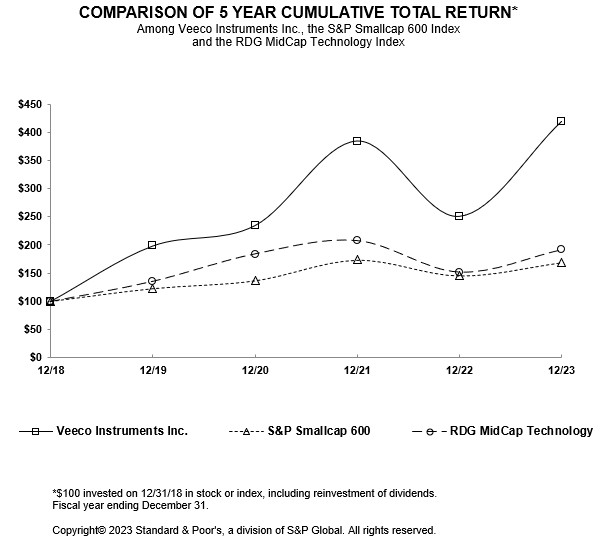Our success depends largely on our ability to attract, retain, and motivate employees, including those in executive, managerial, engineering and marketing positions, as well as highly skilled and qualified technical personnel. Competition for qualified design and technical personnel is intense, particularly in the semiconductor industry and especially when business cycles are improving. Competitors may try to recruit, and may succeed in recruiting, our most valuable technical employees. To attract and retain key employees, we must provide competitive compensation packages, including cash and stock-based compensation, among other benefits. If the value of our stock-based incentive awards decreases, or if our total compensation packages are not viewed as competitive, our ability to attract and retain key employees could suffer. We do not have key person life insurance on any of our executives, and we may not be able to readily replace key departed employees. Our inability to attract, retain, and motivate key personnel could have a significant negative effect on our business, financial condition, and results of operations.
We are subject to risks of non-compliance with environmental, health, and safety regulations.
We are subject to environmental, health, and safety regulations in connection with our business operations, including but not limited to regulations relating to the development, manufacture and use of our products, recycling and disposal of related materials, and the operation and use of our facilities and real property. Failure or inability to comply with existing or future environmental, health and safety regulations – including, for example, those relating to carbon emissions, climate change, and the use and sale of products containing per- and polyfluoroalkyl substances (“PFAS”) -- could result in significant remediation liabilities, the imposition of fines, the suspension or termination of research, development, or use of certain of our products, and other harm to the Company, which could have a material adverse effect on our business, financial condition, and results of operations.
In addition, changes in environmental laws and regulations, including those relating to greenhouse gas emissions and other climate change matters, could require us (and/or our key suppliers, contract manufacturers and other partners) to install new equipment, alter operations to incorporate new technologies, or implement new processes, among other measures, which may cause us to incur significant costs and divert management attention.
We are committed to ensuring safe working conditions, treating our employees with dignity and respect, and sourcing, manufacturing, and distributing our products in a responsible and environmentally friendly manner, and any failure on our part to do so may cause reputational and other harm for the Company. Furthermore, some of our operations involve the storage, handling, and use of hazardous materials that may pose a risk of fire, explosion, or environmental release. Such events could result from acts of terrorism, natural disasters, or operational failures and may result in injury or loss of life to our employees and others, local environmental contamination, and property damage. These events may cause a temporary shutdown of an affected facility, or portion thereof, and we could be subject to penalties or claims as a result. Each of these events could have a material adverse effect on our business, financial condition, and results of operations.
We are exposed to risks associated with the increased attention by our stakeholders to environmental, social and governance (“ESG”) matters.
Our stakeholders, including customers, investors, advisory firms, employees, and suppliers, among others, have increasingly focused on our ESG initiatives, including those regarding climate change, human rights, inclusion and diversity, among others. These expectations can extend, and have extended, to our corporate practices, initiatives, and disclosures, as well as stakeholder standards or preferences for investments or doing business. Third-party rating agencies have also established standards for a range of ESG-related factors, which may be inconsistent and are subject to change. These expectations and stakeholder requirements may impact the attractiveness of our business, the manner in which we do business, our reputation, the costs of doing business, and the willingness of our stakeholders to engage with, invest in, or retain us. We may be further impacted by the adoption of ESG-related regulation and legislation in the jurisdictions in which we do business – including, for example, the SEC’s proposed rule published in March of 2022 which would require companies to include significantly enhanced climate-related disclosures in their Reports on Form 10-K -- which could result in increased compliance, operational, and other costs.
From time to time the Company communicates its strategies, commitments and targets relating to ESG matters. These strategies, commitments and targets reflect our current plans and aspirations, and we may be unable to achieve them. In
